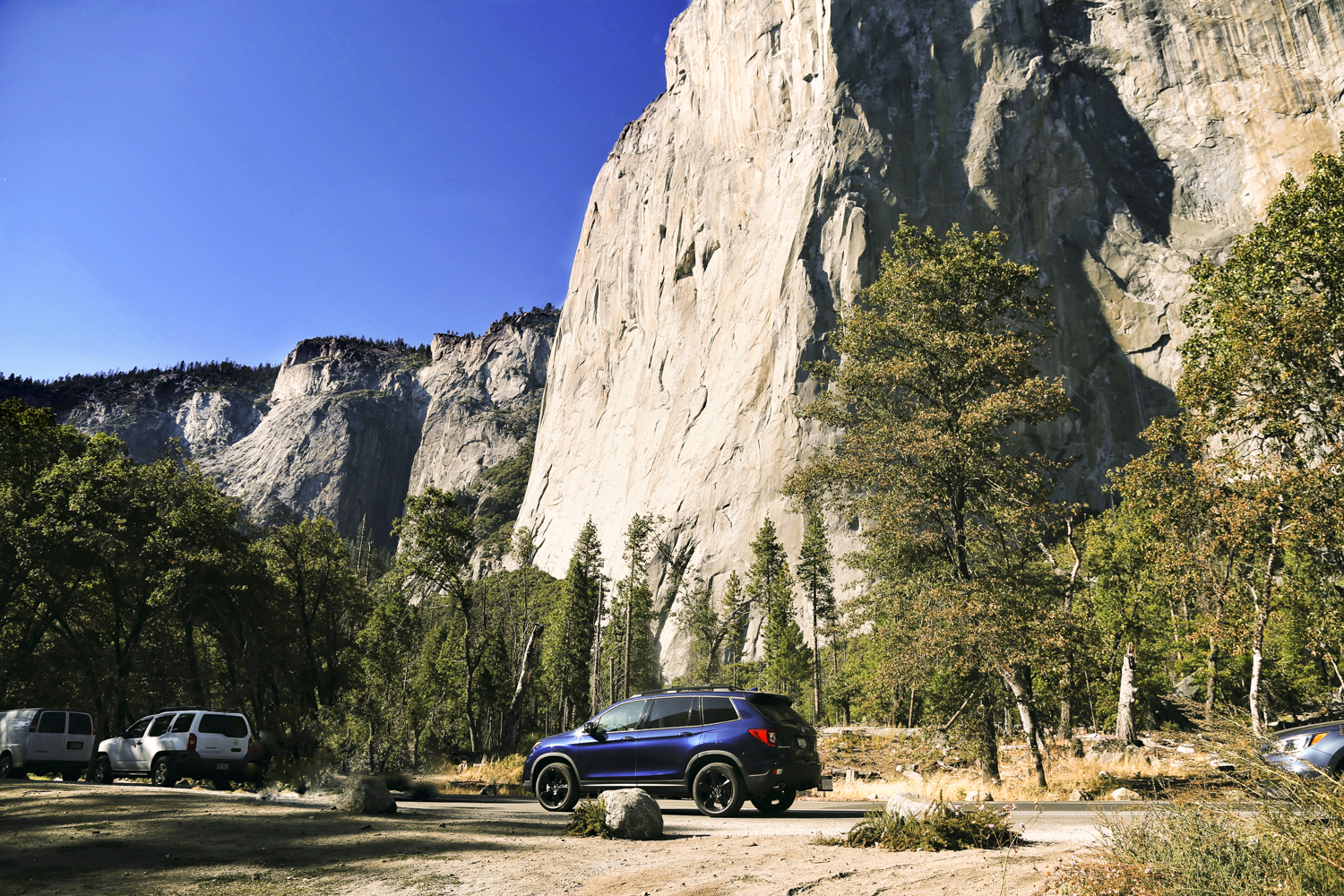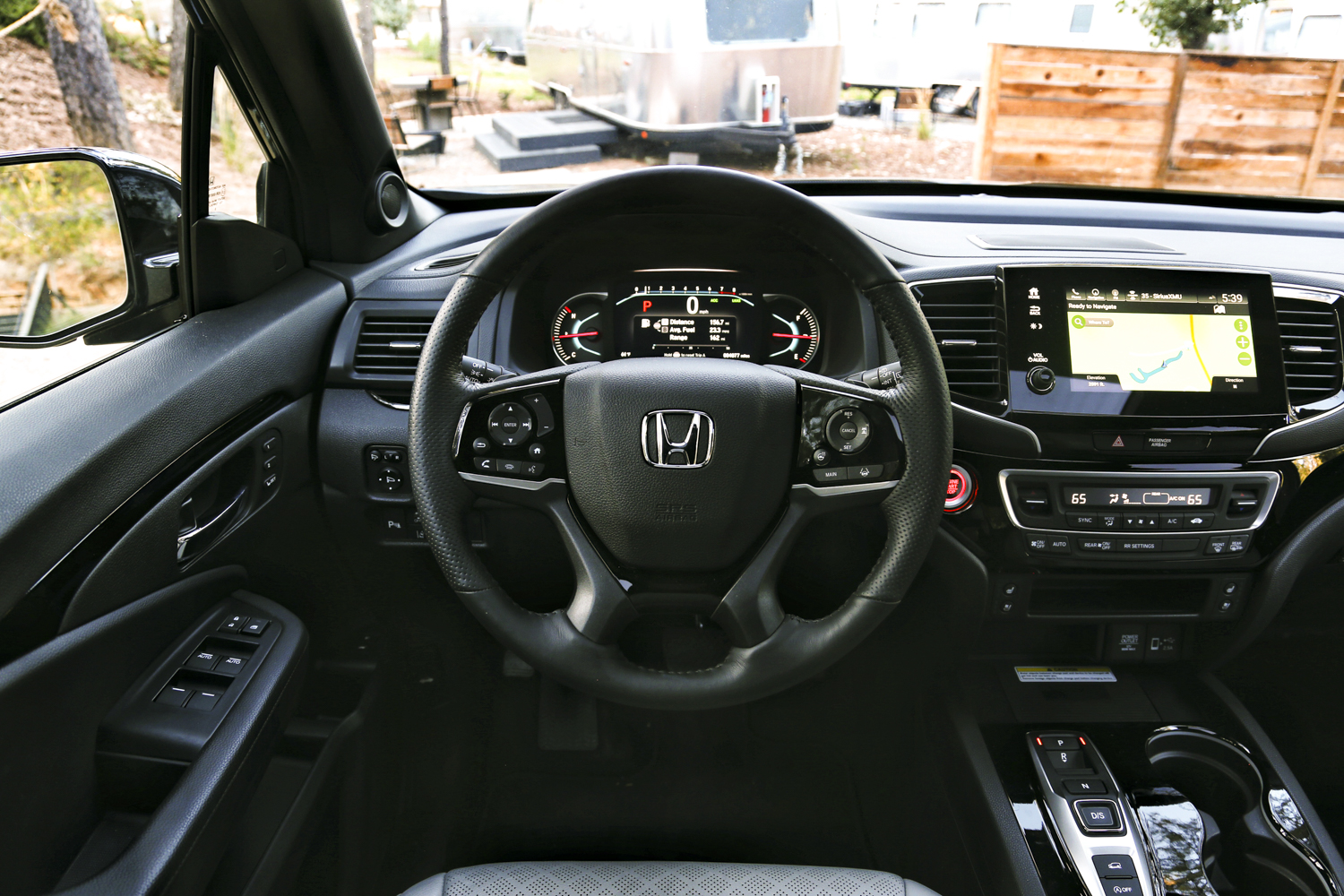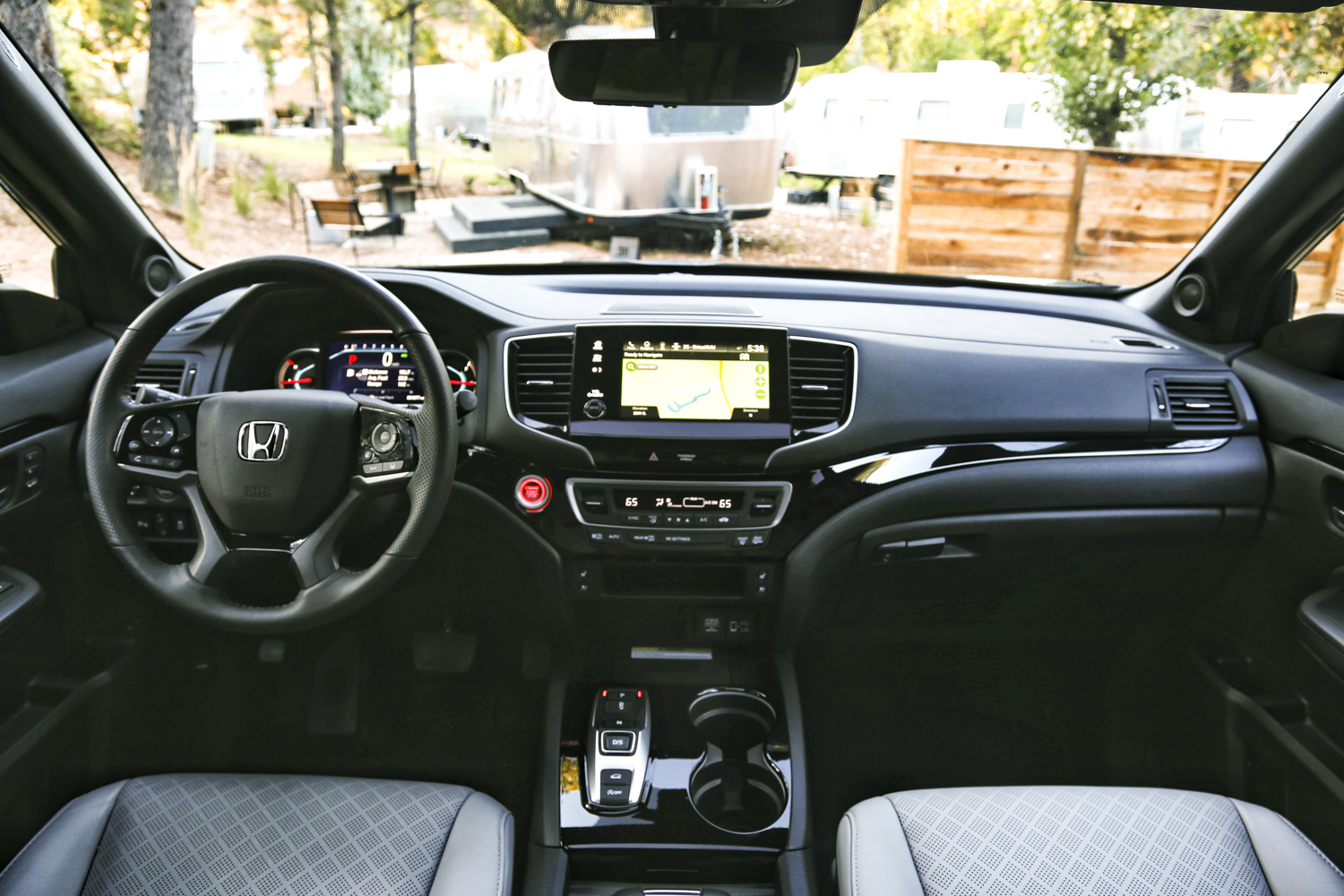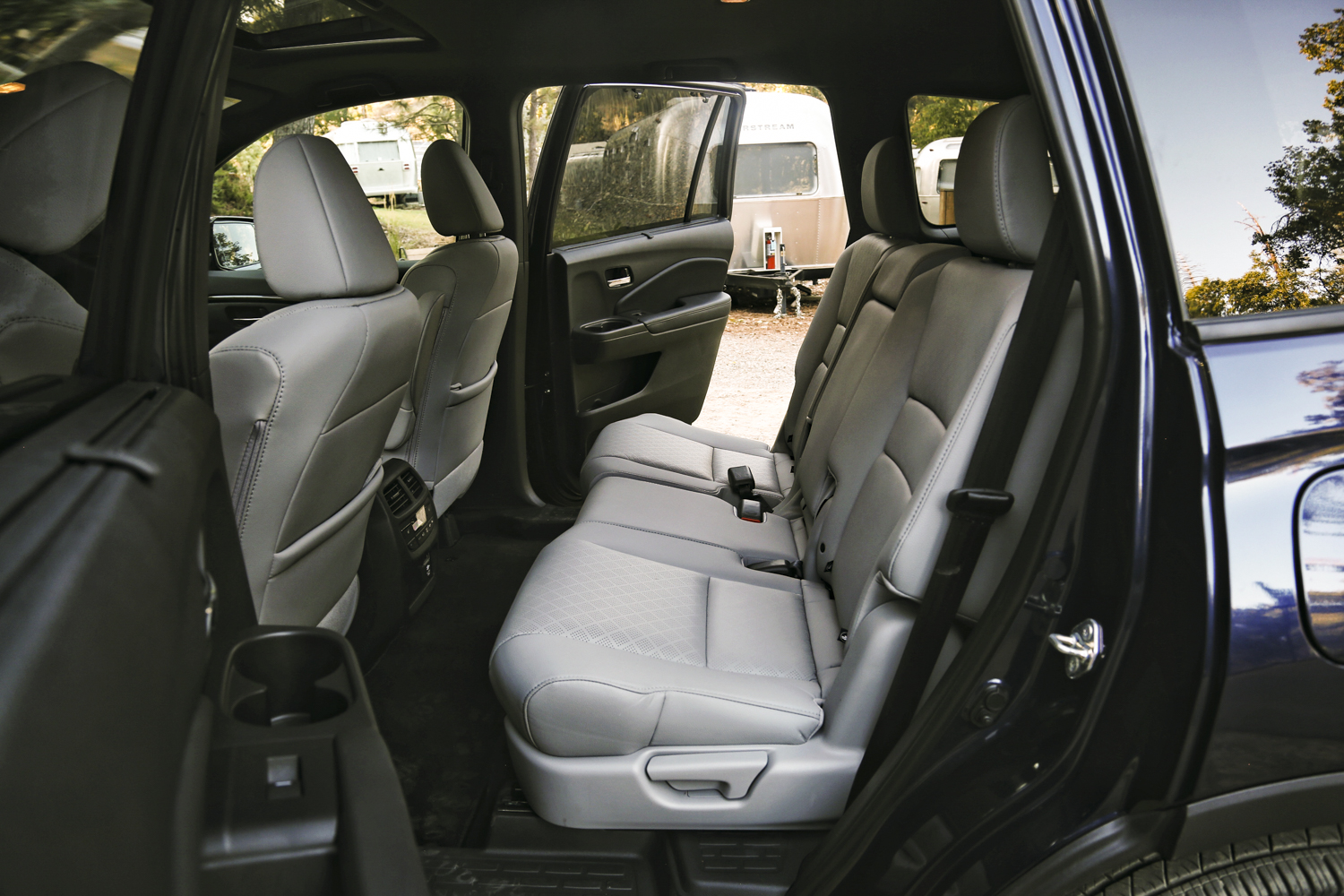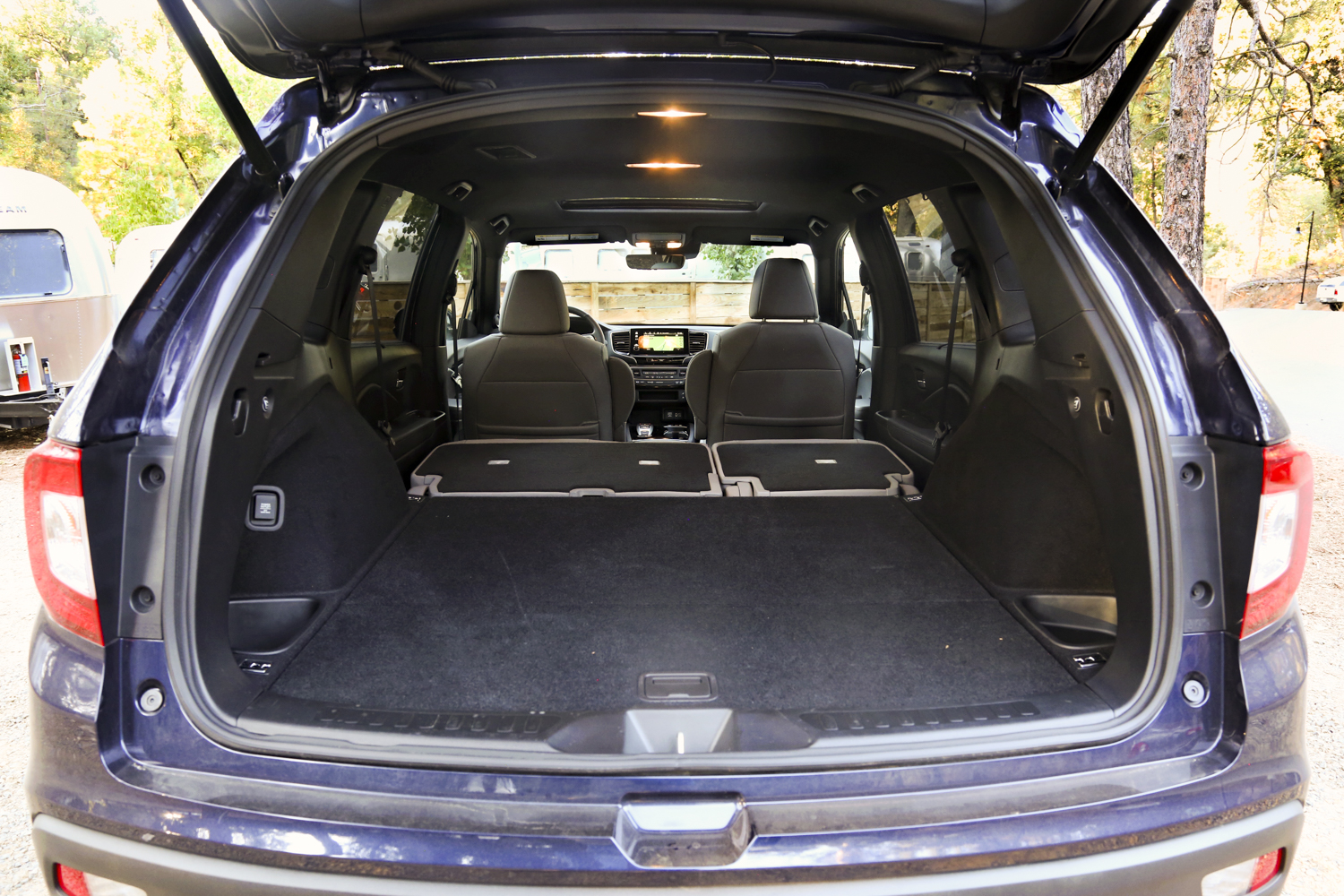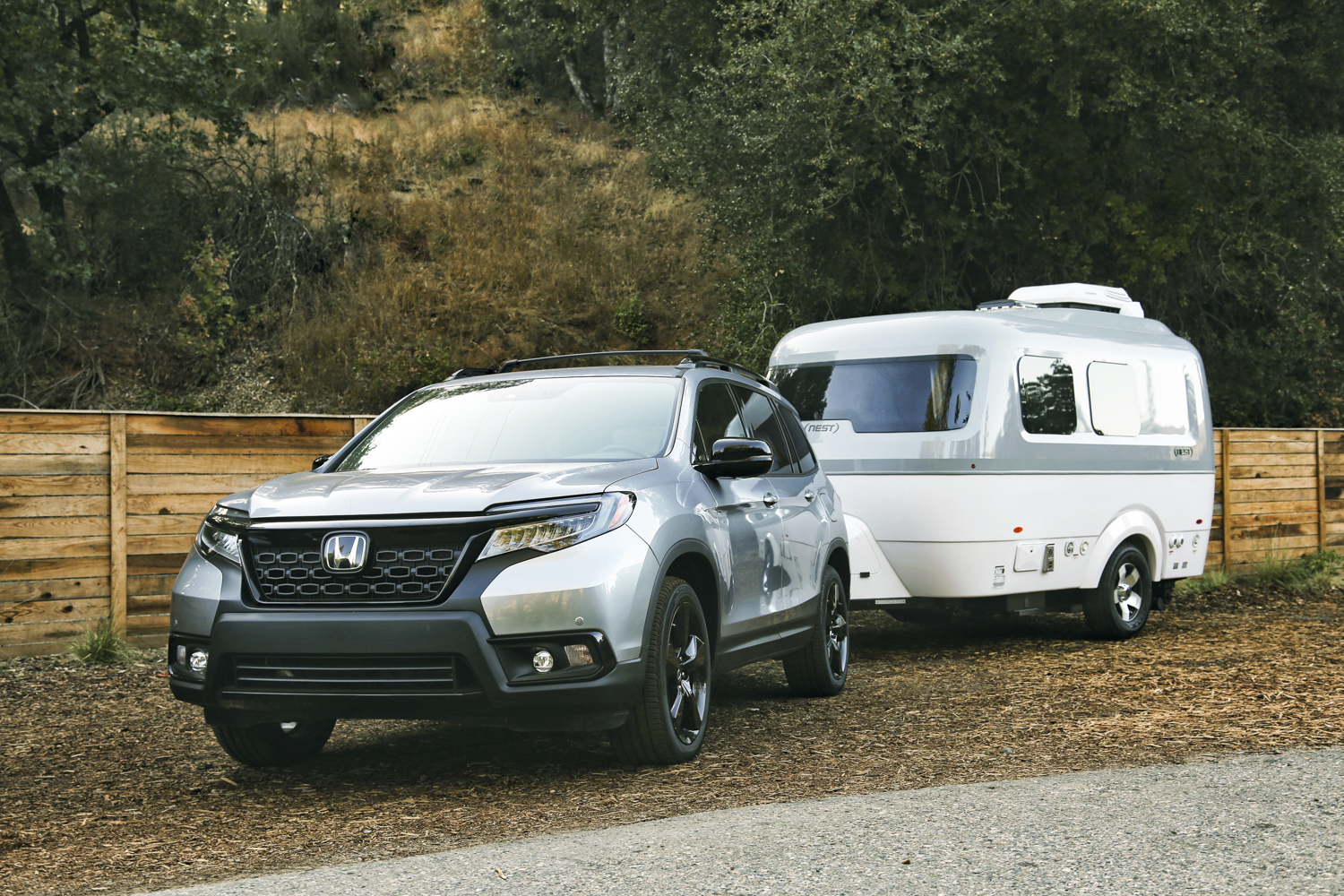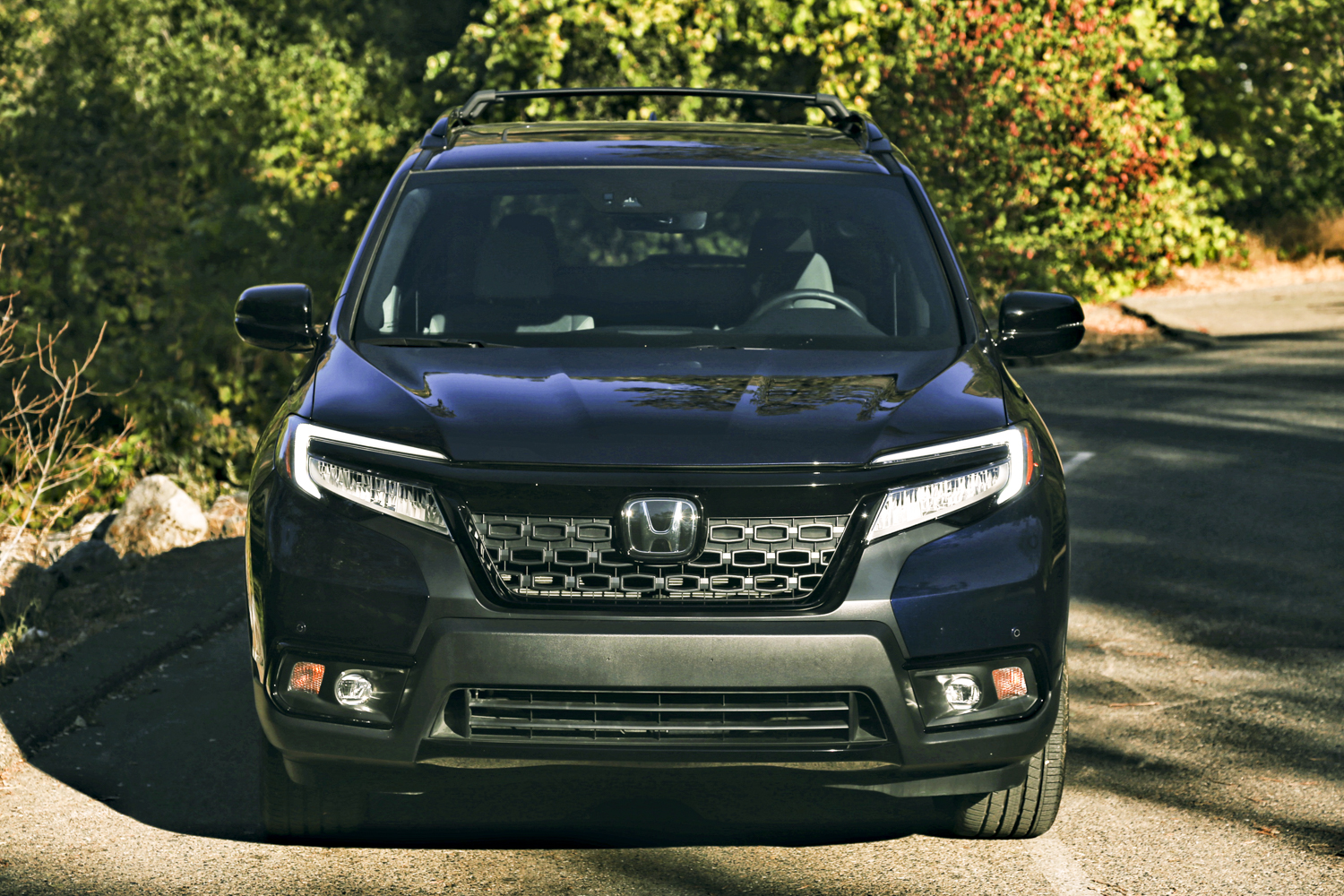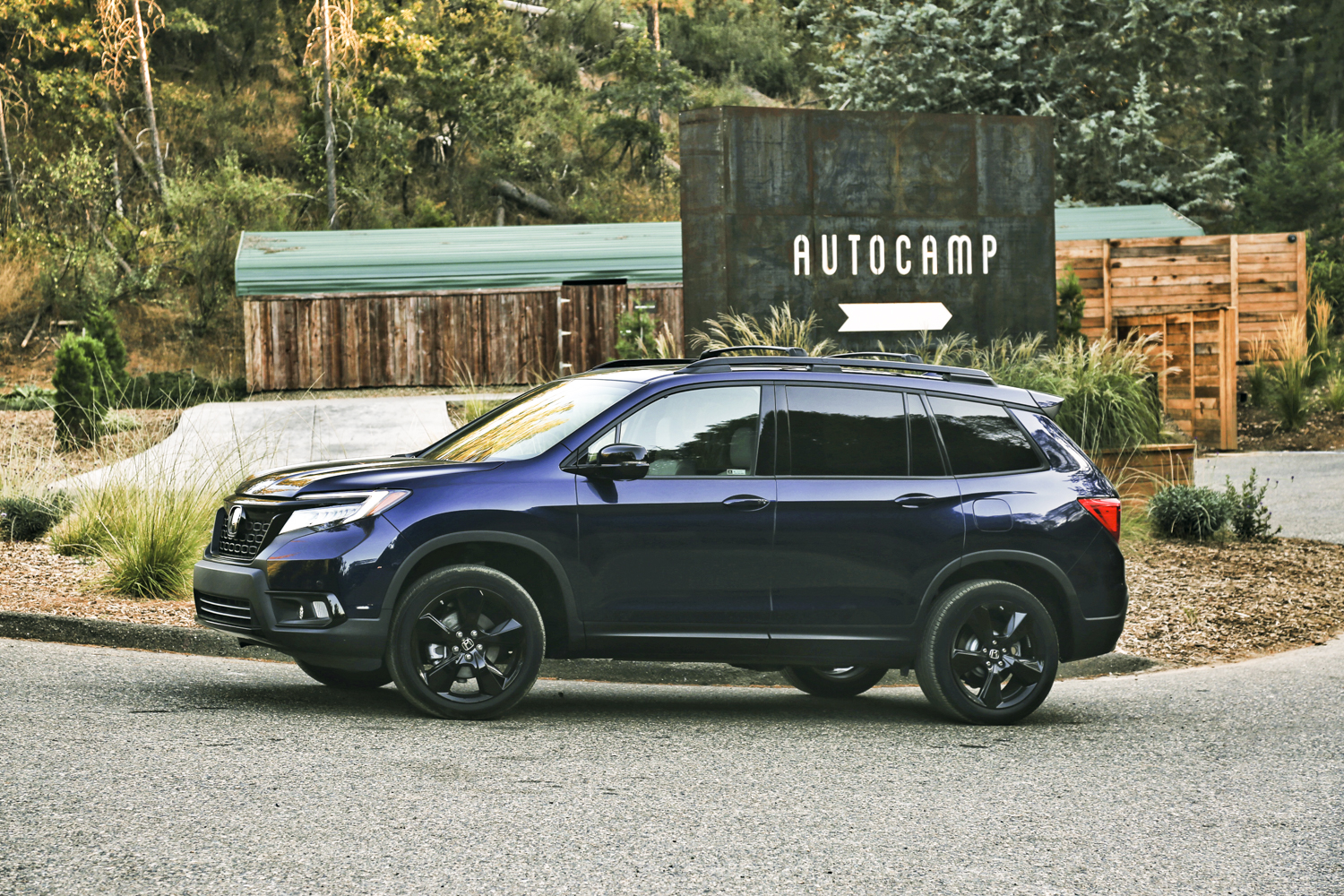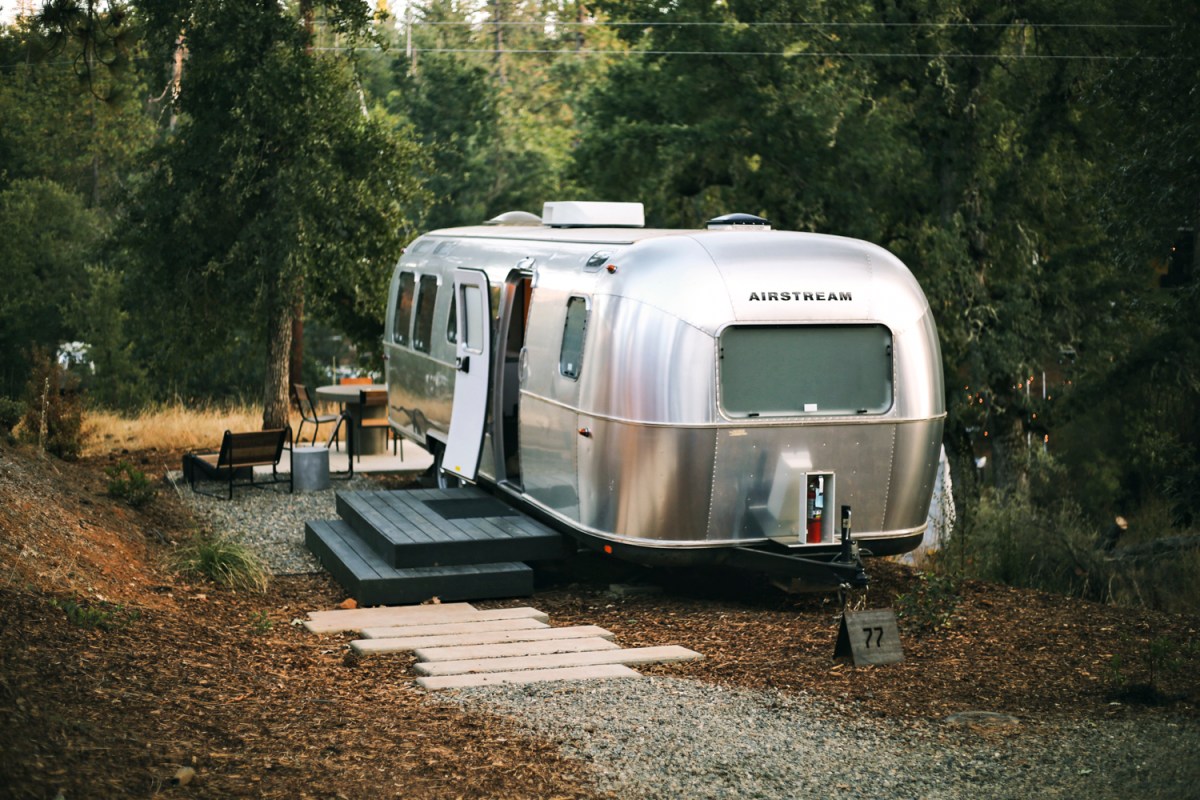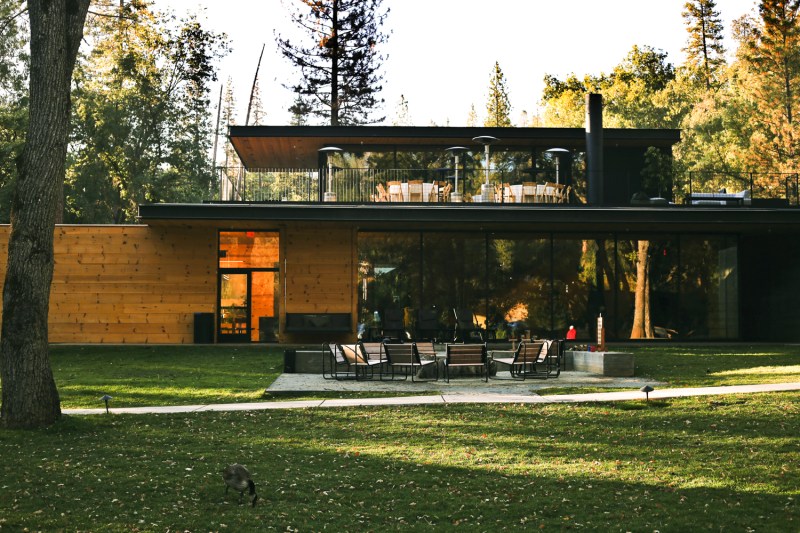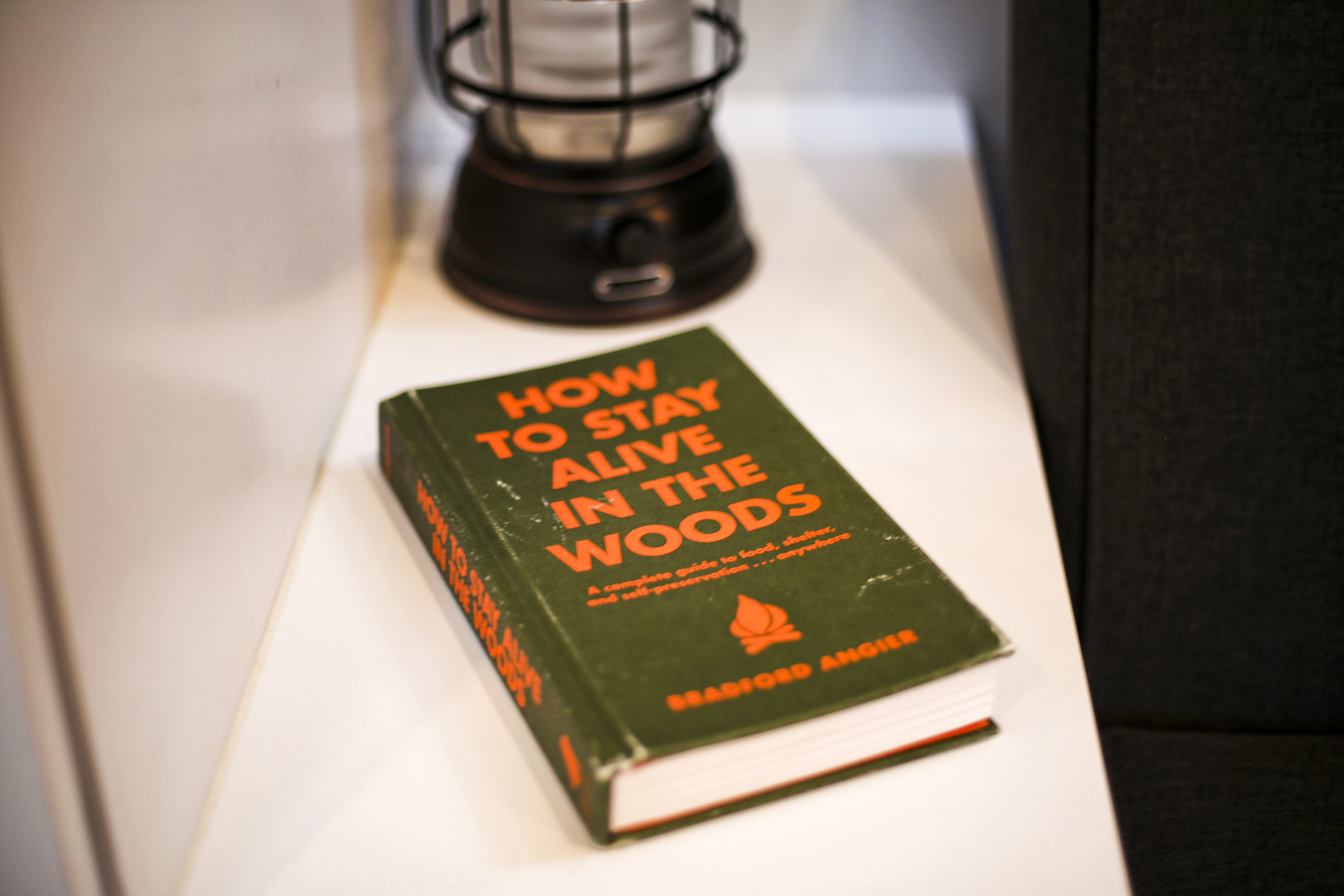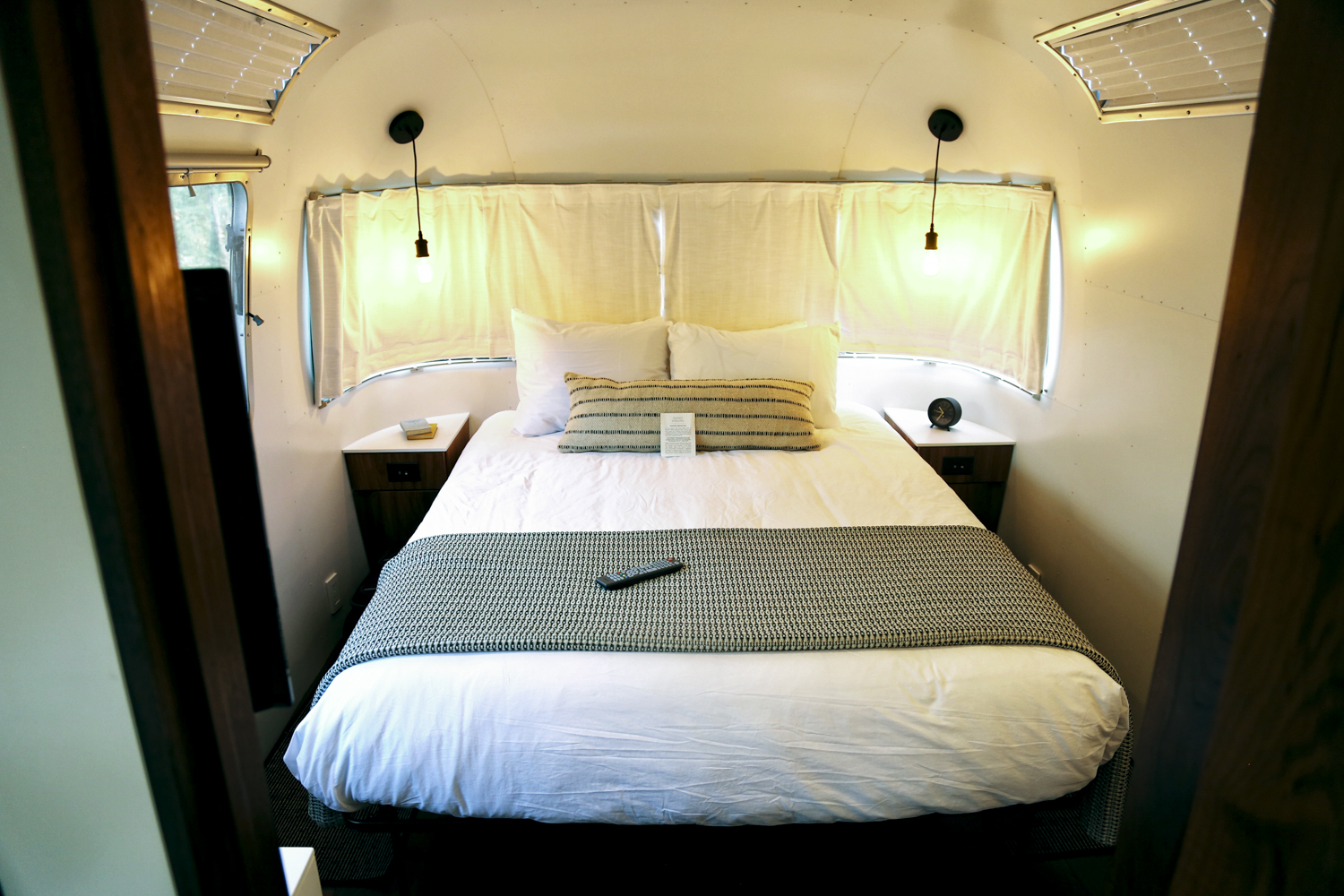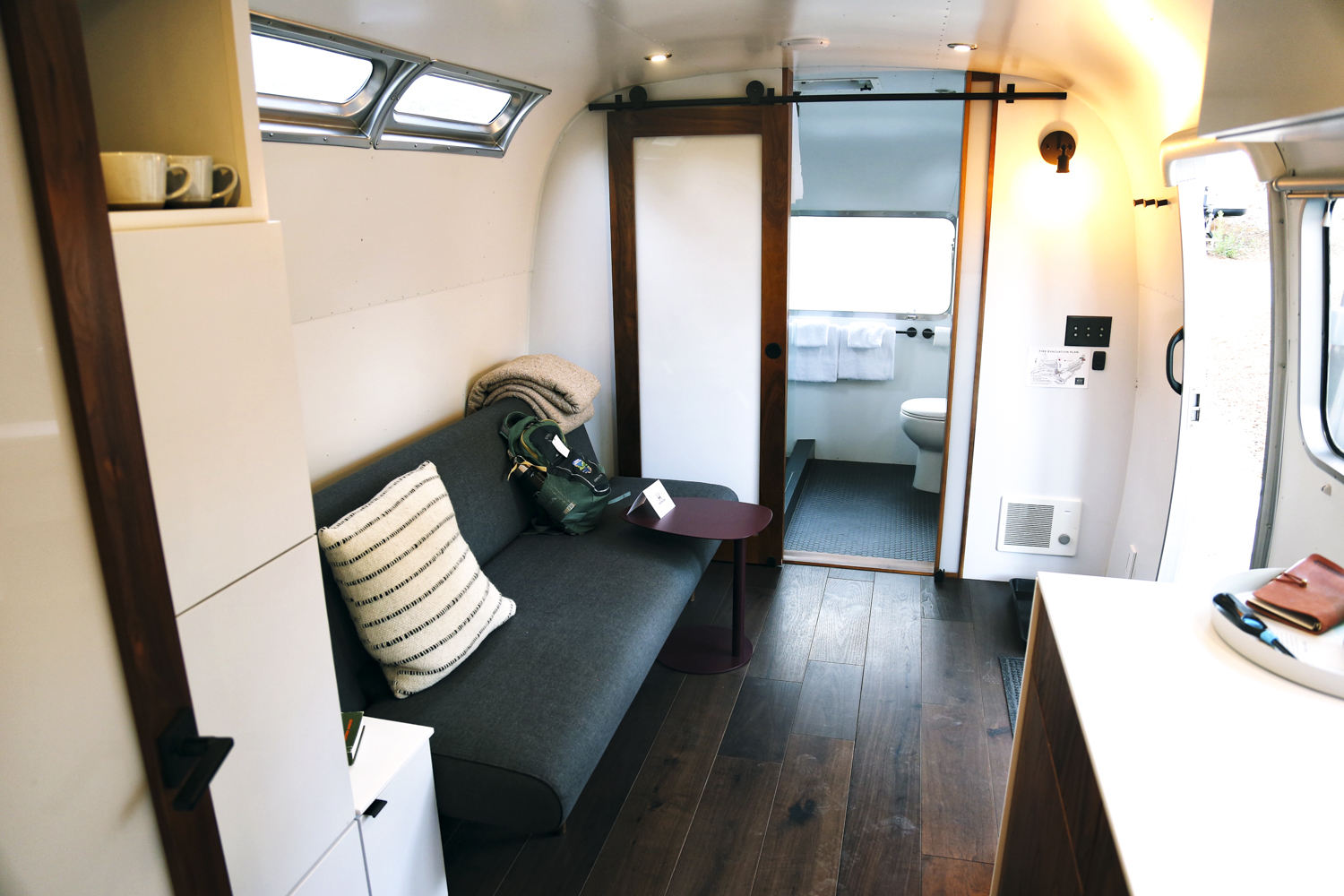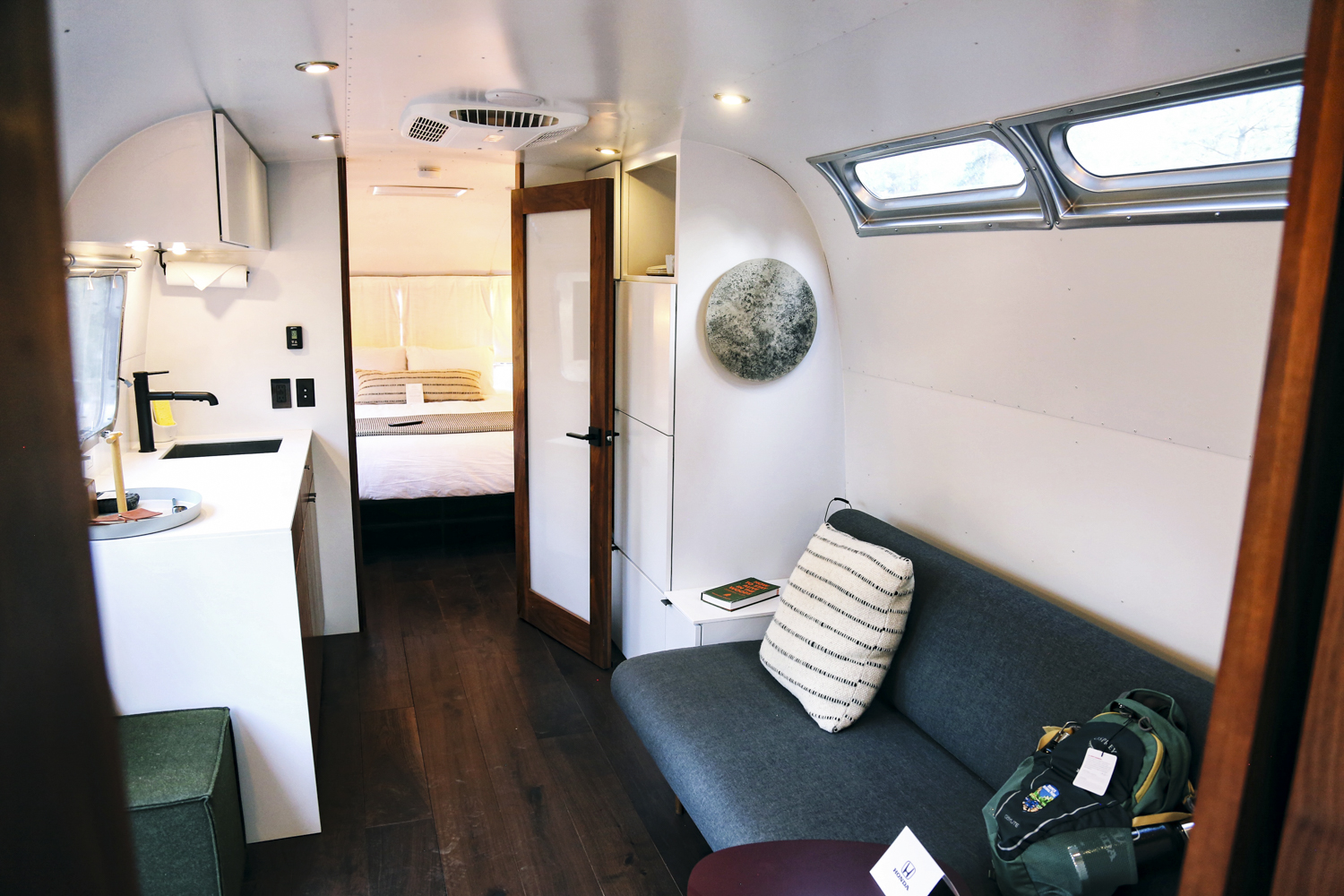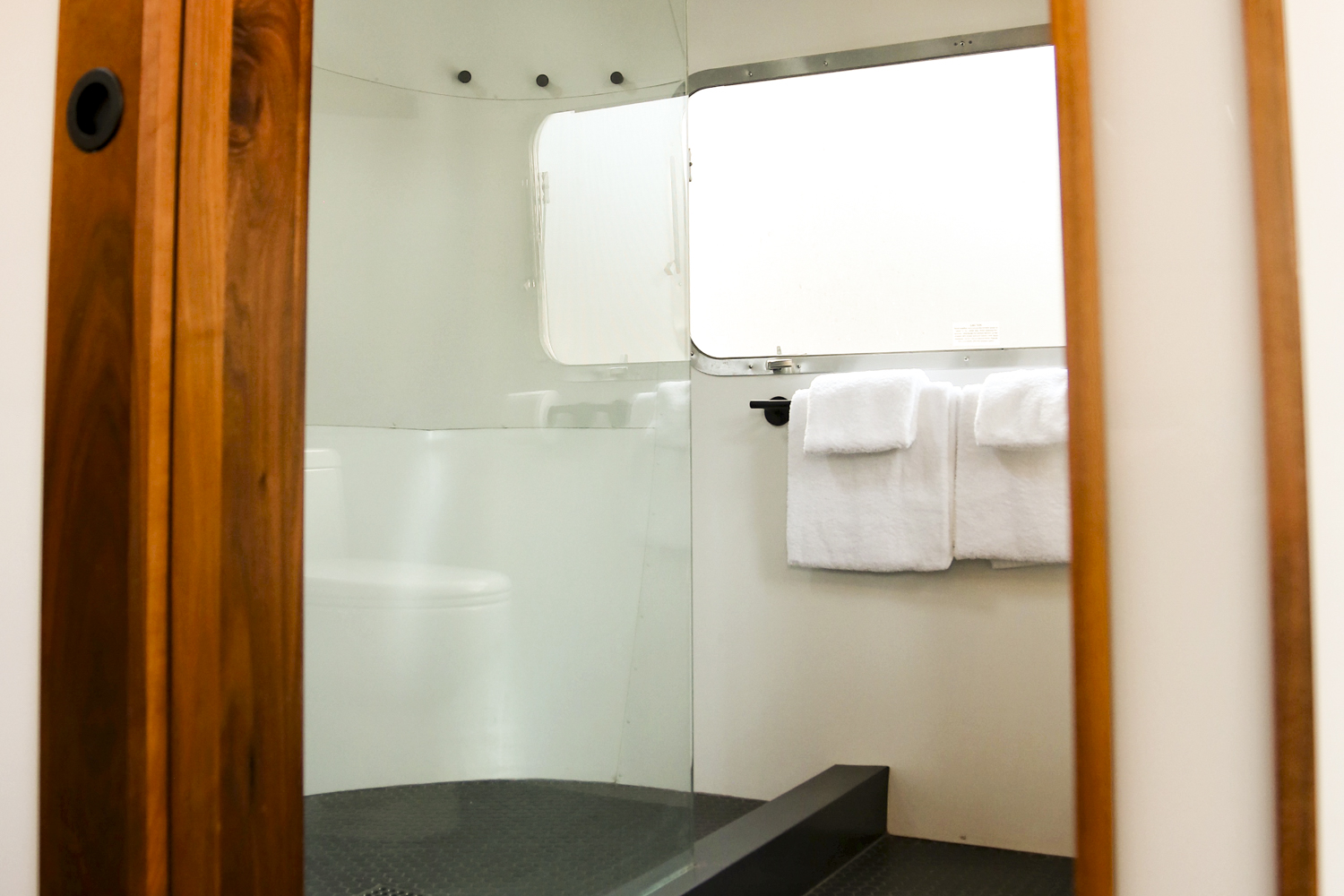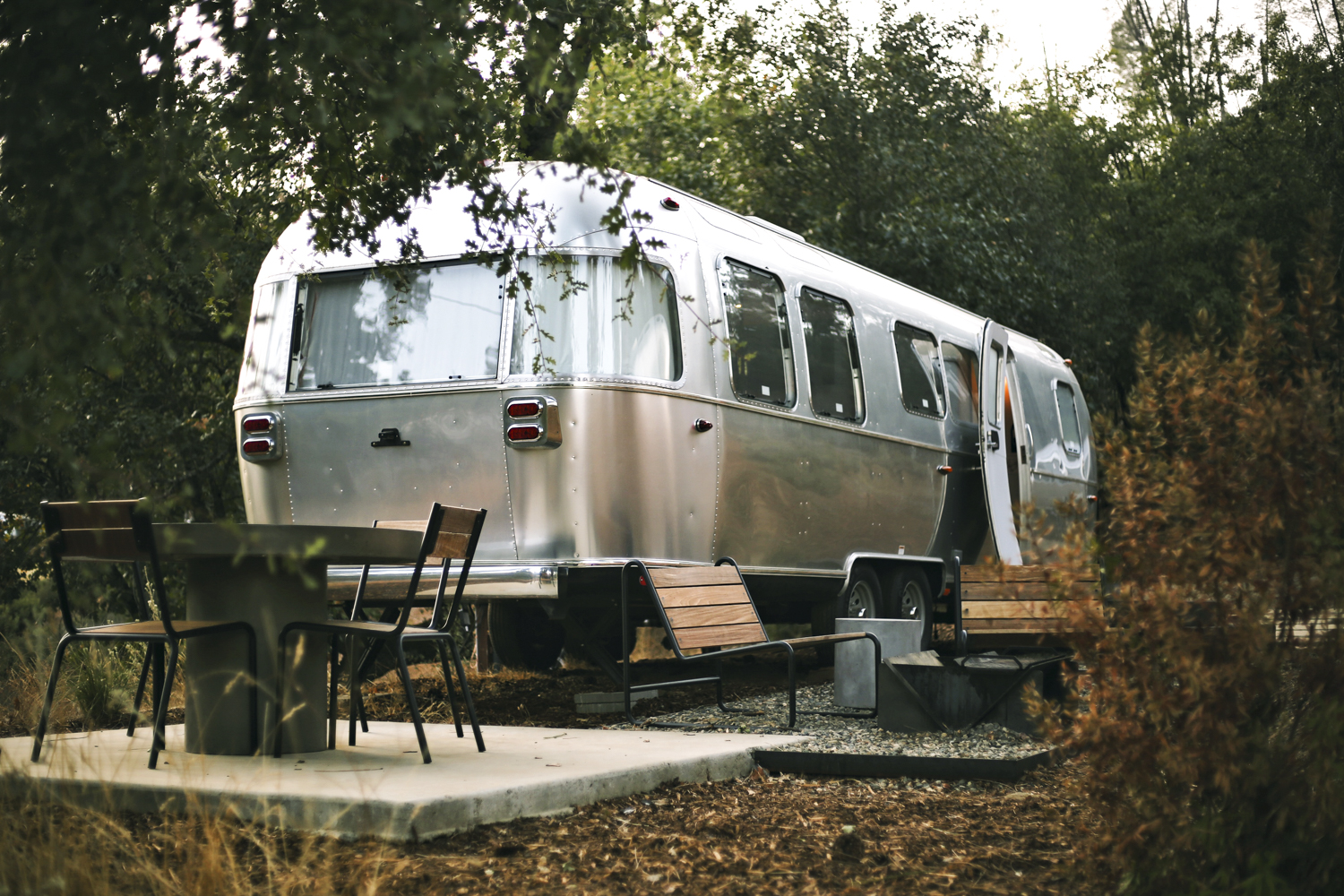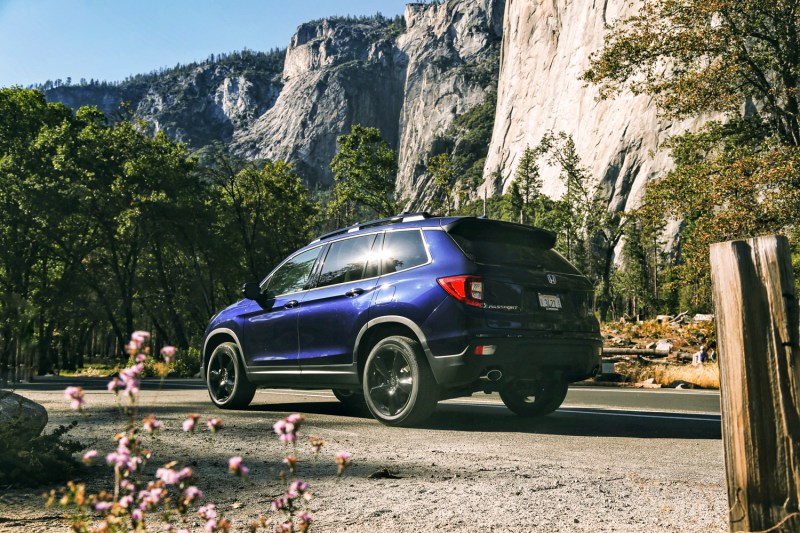
In 1851, James Savage of the newly mustered Mariposa Battalion recruited Native Americans from the Miwok tribe to scout a beautiful valley in Eastern California. The Miwoks returned with intel about the area and its people, the Ahwahneechee. Intrigued, Savage asked the region’s name. After conferring for a short while, the Miwoks answered, “osmahtee.”
What followed was a 19th-century game of telephone that ended with the soldiers convinced they’d actually heard “Yosemite.” White settlers later purged the valley of Ahwahneechee, but retained its title (out of respect, one would hope). Conflicts between foreigners and natives were nothing new by this time, but the conquest of Yosemite Valley was particularly brutal – and surprising.
Perhaps if the battalion had double-checked its translations after studying the serious expressions on the Miwoks’ faces, they would have learned the real meaning of osmahtee: “they’re killers.” Instead, clueless settlers encountered (justifiably) hostile Ahwahneechee as they infiltrated the natives’ homeland.
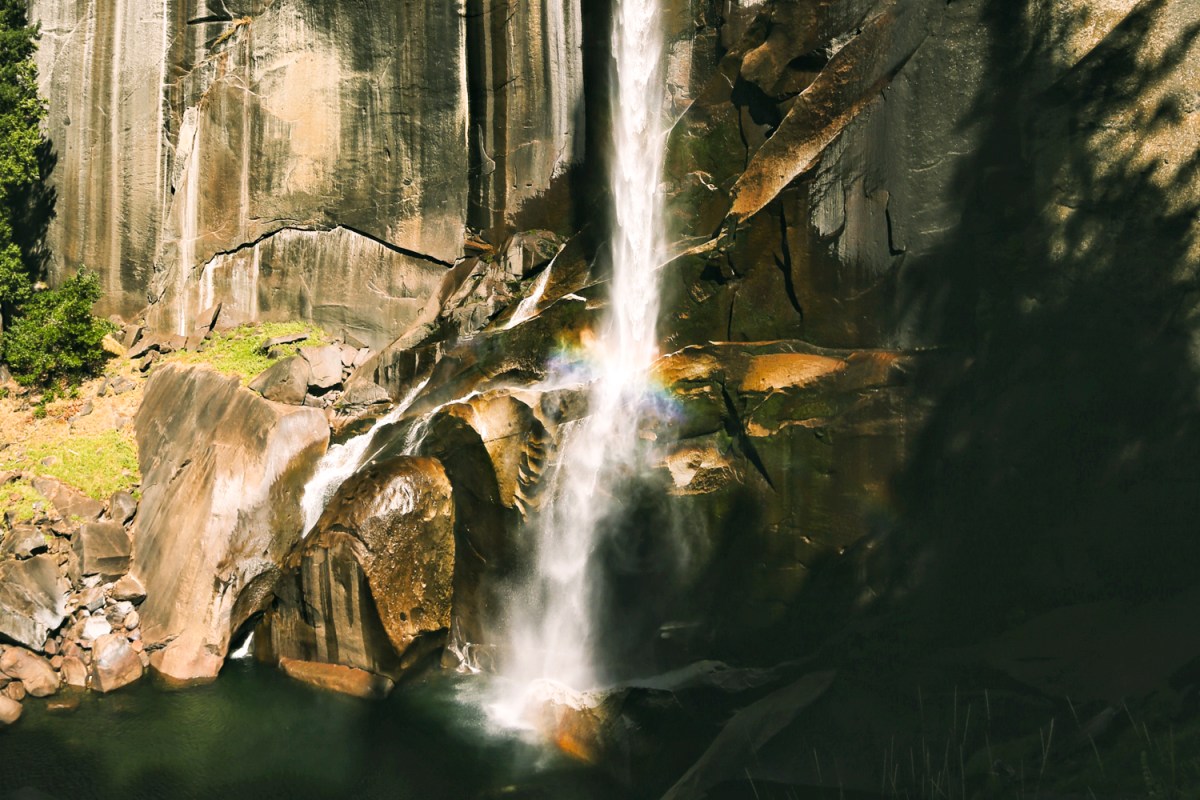
As my wife and I contemplate this gruesome misunderstanding, our REI guide pauses his tale to point out Vernal Falls just ahead. We peer around him to witness a stream of water plummeting 318 feet into a glittering pool. Just above the surface, a rainbow models the morning light. I gulp down the crisp, clear air while taking a visual sweep. Healthy clumps of cedar trees decorate the side of granite peaks worn into dramatic countenances by time. Yosemite’s history may be harsh, but its present-day existence is spectacular.
Hand-laid rocks stitch a winding staircase hundreds of feet above us. With thighs blazing, we climb until reaching a stunning overlook. “Ready for lunch?” asks our leader enthusiastically. “I hope you guys are hungry,” he continues, “I brought food for six people, but you two were the only ones to show up.”
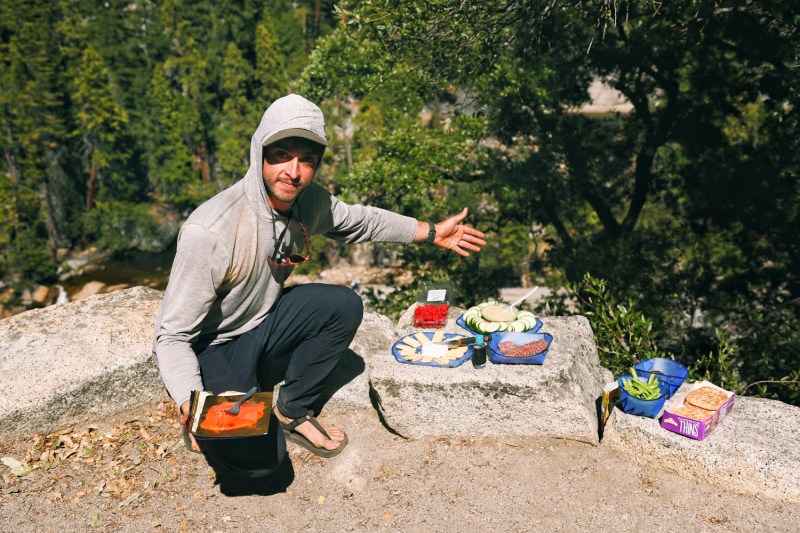
Out of his backpack emerges a feast of fresh raspberries, fennel goat cheese, bourbon-smoked Gouda, sugar snap peas, peppered salami, smoked salmon, quinoa crackers, and artichoke hummus. Dutifully, my wife and I eat our fill before pocketing a few pieces of Australian licorice for the return hike.
We put the calories to good use marching at a brisk pace back to the parking lot. Tuckered and satisfied by trail’s end, we scrape off our hiking boots and sink into the Honda Passport’s heated leather seats. Fighting the urge to nap, we remind ourselves that our time in Yosemite is brief; it’s on to the next adventure.
Though it’s mid-week in late September, the park is crawling with visitors. Thankfully, the Passport’s tight turning radius allows us to parallel between a couple cars at the foot of El Capitan. The peak looms 7,579 feet above, daring us to even imagine climbing its sheer face without ropes like Alex Honnold. My acrophobia kicks in before the conceptual journey gets more than a few stories off the ground.
Back in the Passport, we roll slowly through the park, gaping and snapping off photos that will end up in frames around our apartment. I switch on the adaptive cruise control and lane keeping assist systems to tidy my absentminded driving. A few stops – and several selfies later – we decide to head back to camp. The on-board navigation says we’re over an hour away, but the scenery should keep us plenty entertained.
Before the sun dips behind towering Sierras, we arrive at Auto Camp Yosemite. Our second and final night in this glamping oasis is a chance to sample any accommodations we missed the day before. We swing by the mid-century modern clubhouse for hot beverages en route to our Airstream suite. The now orange-red sky begs an audience, so we grab seats around our private fire pit and light an all-in-one campfire kit. The fire catches while we sip tea and share our favorite moments of the day.
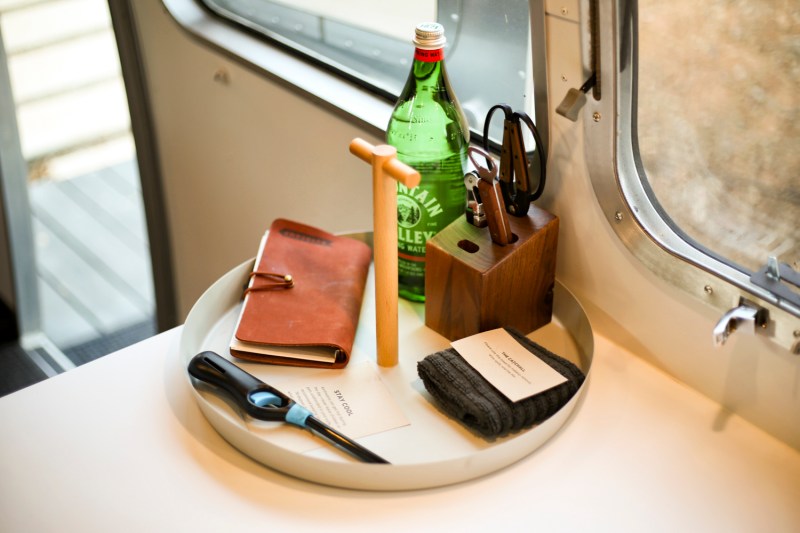
Stirring hunger eventually ushers us into the Airstream, and though we attempt to rush through a shower, the euphoria of hot water and aroma of Malin+Goetz cleansers slows the process considerably. Refreshed, we meander to an outdoor lawn for catered dining by a local Mariposa restaurant. Our meal of tri tip steak, sautéed vegetables, and roasted potatoes is heartier than lunch, and without a hike to burn off bloat, we keep consumption modest. Besides, we need to leave room for s’mores.
The walk back to our Airstream feels considerably more laborious with creeping soreness and full bellies. Once inside, we ignite the wall heaters, strip off our clothes, and slump into bed. And though the Tempurpedic mattress would feel good under any conditions, it’s especially satisfying in our present state of exhaustion.
Just before nodding off, I picture the undisturbed wild of 1800s Yosemite – the landscape, people, and creatures that predated luxury residences and curated menus. I can only manage a fuzzy imagined vision after a day of privileged experiences, but the natural beauty is crystal clear. Yosemite Valley inspired awe for early natives, 1850s settlers, and yours truly; I’d wager it will do so for others for generations to come.
